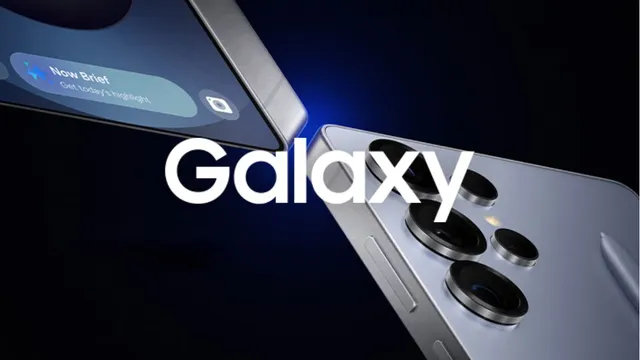- By Prateek Levi
- Fri, 07 Nov 2025 12:55 AM (IST)
- Source:JND
With big leaps in AI-driven image processing and power efficiency, Samsung's upcoming Exynos 2600 chipset could be a real game-changer for smartphone photography. But if recent leaks prove true, the Galaxy S26 Ultra may not take full advantage of it.
According to tipster @chunvn8888, the S26 Ultra will inherit most of the camera hardware found on the Galaxy S25 Ultra, with only one notable upgrade in tow — a 12MP 3x telephoto lens utilising Samsung’s S5K3LD sensor, up from 10MP. Everything else appears to remain the same: a 200MP ISOCELL HP2 main camera, a 50MP JN3 ultrawide, and a 50MP Sony IMX854 5x periscope lens. The front camera apparently retains a 12MP Sony IMX874 sensor.
ALSO READ: Employees At xAI Forced To Share Faces And Voices For AI Tutors, Report Reveals
That suggests Samsung is relying on minor, incremental changes rather than radical shifts. Another prolific leaker, @UniverseIce, suggested slightly wider apertures might improve low-light shots, but even these changes seem minor. Meanwhile, the competition is taking bigger strides: Xiaomi, Vivo, and Honour are turning to new sensors and 200MP telephoto cameras that add to the pressure on Samsung for swifter evolution.
Adding to that story, some leaked renders show the Galaxy S26 Ultra with subtly rounder corners and a refined silhouette, reinforcing the sense that this will be an upgrade cycle more about polish than disruption.
A major reason behind this conservative move could well be Samsung's ongoing effort to keep Exynos and Snapdragon models feature-matched. Though the Exynos 2600 reportedly does support 8K HDR10+ video recording at 60 fps, Samsung may disable it since the Snapdragon 8 Elite Gen 5 does not offer it, either. For whatever reason, this has become a long-standing policy at Samsung: feature parity across global variants, even if some features have to be held back.
Earlier reports from @SPYGO19726 had painted a much more ambitious picture for the Exynos 2600. The chip's new image signal processor is said to handle a single 320MP sensor or three 108MP sensors simultaneously, process 14-bit RAW images, and merge up to five HDR frames for better dynamic range and colour accuracy. It was also rumoured to support 8K HDR10+ at 60 fps and 4K at 120 fps and offer both OIS and AI-driven EIS for ultra-stable video.
What's equally impressive is the power efficiency: the ISP on the Exynos 2600 could be 30 per cent more efficient compared to its predecessor, boasting 1.8TB/s internal bandwidth for real-time AI imaging tasks. These figures suggested Samsung was ready to re-enter the race for computational photography dominance.
However, recent leaks suggest these will not all be enabled for the Galaxy S26 Ultra. Samsung could save the full power of its latest chipset for a slightly later device, possibly the Galaxy S27 range.
Beyond photography, there's some good news on charging speeds. The S26 Ultra is tipped to sport a new PPS fast-charging system that sees charging rise to 55W for the first 15 per cent before levelling out at 45W up to 70 per cent, making it far faster and more efficient than the previous PPS 2.0 system.
So, while the Galaxy S26 Ultra might not rewrite Samsung's camera story just yet, it seems all set for delivering a better balance between processing power, energy efficiency, and refined experience – perhaps setting the stage for something bigger next time.

